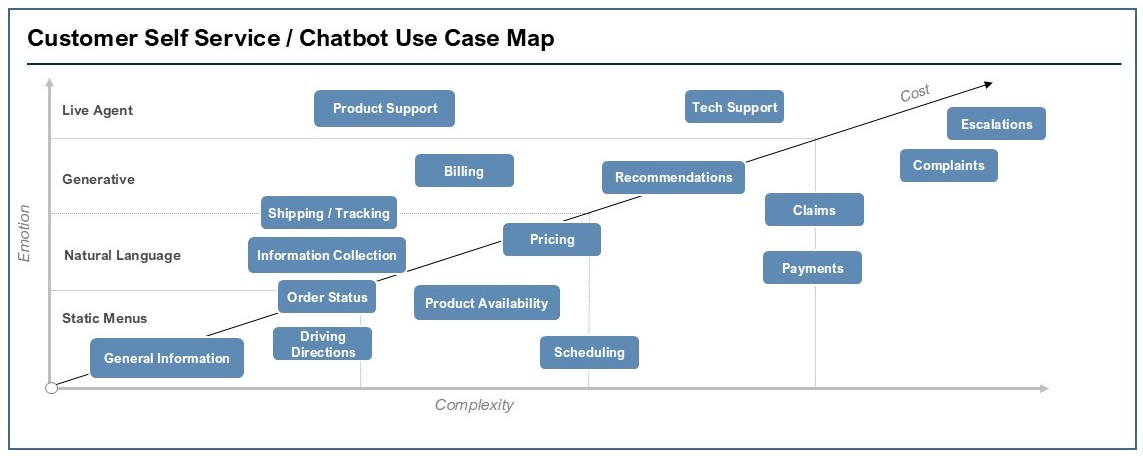Elevating Customer Support in Healthcare
Customer service isn’t just about solving problems, it’s about shaping perception. In healthcare, where trust and clarity are essential, support teams are uniquely positioned to elevate the entire customer experience. In the dynamic world of MedTech and digital health, customer support is often viewed as a necessary operational function. Its potential to significantly enhance customer loyalty is usually underestimated.
Customer Support: Building Brand Loyalty
Customer support is not just a reflection of your brand; it is a critical moment within the customer journey that can significantly boost customer connection. By leveraging customer support as part of their customer engagement strategy, healthcare organizations can drive loyalty and retention without inflating costs.
Customer service satisfaction scores average 77% for healthcare companies, indicating a substantial opportunity to exceed satisfaction and drive retention through strategic customer engagement. Any touchpoint with a customer provides the opportunity to build trust or treat the customer like a transaction. And customers feel it. More than 40% of customers admitted they would switch brands after only a single negative customer support interaction. Every interaction is a chance to create loyalty, or lose it.
Your customers care less about how fast you answer—and more about how well you respond.
Customers are investing time to reach out for resolution, which should be reciprocated with quality service to ensure the customer is truly heard. Customers value first-time resolution and quality of the response over the speed of response. And guess what… many times, they don’t actually want to talk to you.

Optimizing customer support channels can drive down costs while improving satisfaction by routing inquiries to the most efficient options. Not all inquiries require the same level of support; some issues can be easily addressed in a touchless manner through self-service and AI-enabled chatbots. Customers are generally comfortable interacting with a chatbot if it provides the right response and allows for after-hours support. By reserving specialist agents for more nuanced inquiries, you can devote resources, and costs, where it matters. For those in-person inquiries, customers are willing to wait up to 47 seconds without a drop in satisfaction scores; however, satisfaction decline is triggered by the frustration and resentment of providing information multiple times. This means that customer support teams should go into the call referencing information the customer already provided. It also emphasizes the importance of active listening and empathy over speed.
Once we've optimized the experience, we need to nail the resolution.
Customer satisfaction is significantly influenced by the ability to resolve inquiries during the first call. Remember, customer dissatisfaction arises from having to repeat information multiple times, or to multiple agents.
Streamlining processes to ensure that inquiries are resolved effectively on the first contact is crucial for maintaining high satisfaction levels. This approach not only enhances the customer experience but also reduces operational costs of handling repeat inquiries.
Generative AI and Large Language Models (LLMs) offer the latest in technology to support agents in capturing data and helping achieve first contact resolution. For example, automating after-call work can save 30-90 seconds per interaction, while improving accuracy through automatic generation and categorization of customer inquiries. Real-time agent assist technology helps improve first call resolution by actively listening to conversations and surfacing relevant prompts, policies, or reminders in the moment. This enables agents to respond accurately without placing customers on hold or escalating unnecessarily. When paired with LLMs, these tools continuously learn from past interactions to refine support and boost performance. AI can assist agents by providing relevant articles, flagging common errors, and generating responses to reduce handle times.
Good customer service doesn’t need to be expensive.
Good customer service doesn’t need to be expensive. The average cost per contact in healthcare is $4.65 per customer service interaction. A major driver of this cost is the time spent by agents, particularly on inbound calls, which are among the most time and labor-intensive channels. Typically, an agent spends 83% of their time handling inbound calls. Implementing automation and interactive voice response (IVR) systems can significantly reduce agent time and drive down costs.
Investing in efficient customer support channels enables high-quality service without prohibitive expenses. To lower the cost to serve while improving customer satisfaction, organizations should redesign systems to prioritize self-service and lower-cost digital channels before routing to live agents. Directing low-effort, high-volume queries, such as password resets or order status checks, to self-service channels can significantly reduce agent workload and overall support costs. Streamline options to surface the most common scenarios first and minimize the number of steps a caller must navigate. When done effectively, self-service becomes the preferred channel for customers, offering faster resolutions while freeing up agents for more complex, high-value interactions. Regularly review will optimize the contact flow based on call data and customer feedback to meet evolving customer needs. Intelligent IVR and chatbot triage can further enhance efficiency by identifying customer intent early and routing inquiries appropriately.
Conclusion
In the competitive landscape of MedTech and digital health, exceptional customer support is not just a nice-to-have; it is a strategic imperative. By viewing customer support as an opportunity to thoughtfully respond, connect in effective and approachable ways, and streamline the experience through technology, companies can transform their customer support function into a powerful driver of loyalty and retention.
Sources:
- “Benchmark Report for Contact Centers in Health Care” – Copyright © 2024 BenchmarkPortal, LLC.
- Qualtrics - 80% of Customers Have Switched Brands Due to Poor CX



